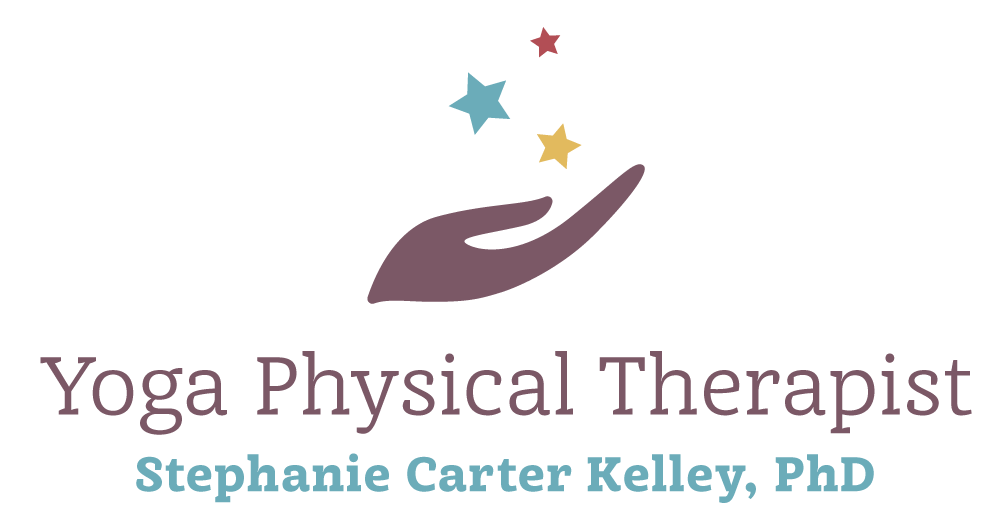That’s the video production term for when things are finished! And as things are finished, it’s good to go back and review what you’ve done. I’ve put lots of work into the YouTube videos that I send each week. (Not getting them? Join my email list) I’m reviewing them here so that you have an easy way to find what you need.
The lessons in my videos encompass ALL aspects of health: intellectual, physical, mental, social, environmental, financial, and spiritual. Addressing any or all aspects of health might help you move closer to HEALING. As you watch, pick one or more that appeal to you and repeat the lesson or practice a few times. Then pick another and repeat the process. Even though the practices are short, with consistency and time you will notice a change for the better.
Carve out some time and space to binge watch your way to better health!
Start with developing a better understanding of pain and your body and mind. Education may help you change the negative beliefs that you have about your body. I explain that diagnoses determined by pictures (XRAYs and MRIs) sound really scary (herniation, degeneration, deterioration, etc.) but are really just the normal aging process of the spine. When you remove the label you have hope that you can feel better. Also, the anatomy of the spine is amazing and much more resilient that we give it credit. It has so many layers of tissue and muscle that are designed to support you. Addressing these layers will recreate the support you need. Finally, when you understand how stress affects your pain, you are more likely to use strategies, like meditation in order to manage (and I dare say reduce!) your stress AND pain.
When you start meditating, you may remember a past trauma, incident or injury that contributes to your current sensation of pain. As you remember, write! Writing your story of pain, emotional, spiritual and/or physical can be very useful to the healing process. There are several methods of writing that can help, with consistency and time, reduce your pain. Here’s a guide to get you start with a journal.
If you are feeling uncertain about starting the “yoga” based movement that I provide, this video provides some suggestions for getting started. As a Physical Therapist, I’ll keep you safe!
When you realize all that you have put your body through, you want to start supporting it. Creating strength around joints and bones helps you support your body, mind and spirit! In physical therapy we start with STABILITY before we progress to MOBILITY. You first need to find those deep and supportive muscles and really feel them. These muscles support your posture every day so they need to be strong and have endurance. I have several videos that can get you started with back strength, abdominal strength, leg strength, shoulder strength, quad strength, and hip strength. If you feel like you need a little more protection for you spine while you squat, check out this video.
When you are ready to start moving, I have a progression that starts with natural movement of the spine. Your spine was meant to move! Use this movement to decrease your pain. Even as a baby you began to move in a natural way by lifting your head, and then rolling, crawling, kneeling and walking. But over time, your hips and upper back have become stiff as a result of lack of movement, holding emotional tension, and rounding for protection (much like the animal that balls up in defense). So learning how to move through the hips or mobilizing the upper back while protecting the low back provides a sense of safety and security. Over time, you will gain confidence to move the whole spine through forward bending and backward bending.
Need a break at work? Here are ways to relieve tension, create support and movement while at work, and counteract sitting by using a therapy ball.
As you feel better you want to progress! If you want to try a yoga class, I can offer a few suggestions. I also provide ways that you can progress core strength, leg strength and begin using standing yoga poses.
My hope is that you begin your healing journey today!
Namaste,
Stephanie
P.S. Want more specific training for you CORE? Join me January 10th for an ONLINE workshop via a private Facebook group. To get the results you want, you first need to address how your mind shuts down your core each and every day. It’s not just about muscles, I teach you how to strengthen the CORE of you!
If you can’t make the live training, don’t worry. You will have ongoing access to the playback and I will be answering questions in the group through January 12th.
P.S.S. Need a ball or roller to help you practice?
The white roller is great for almost anyone. But those that have sensitive spines or osteoporosis may want to invest in a softer roller. The ball comes in different sizes. So get the right one for your height.


